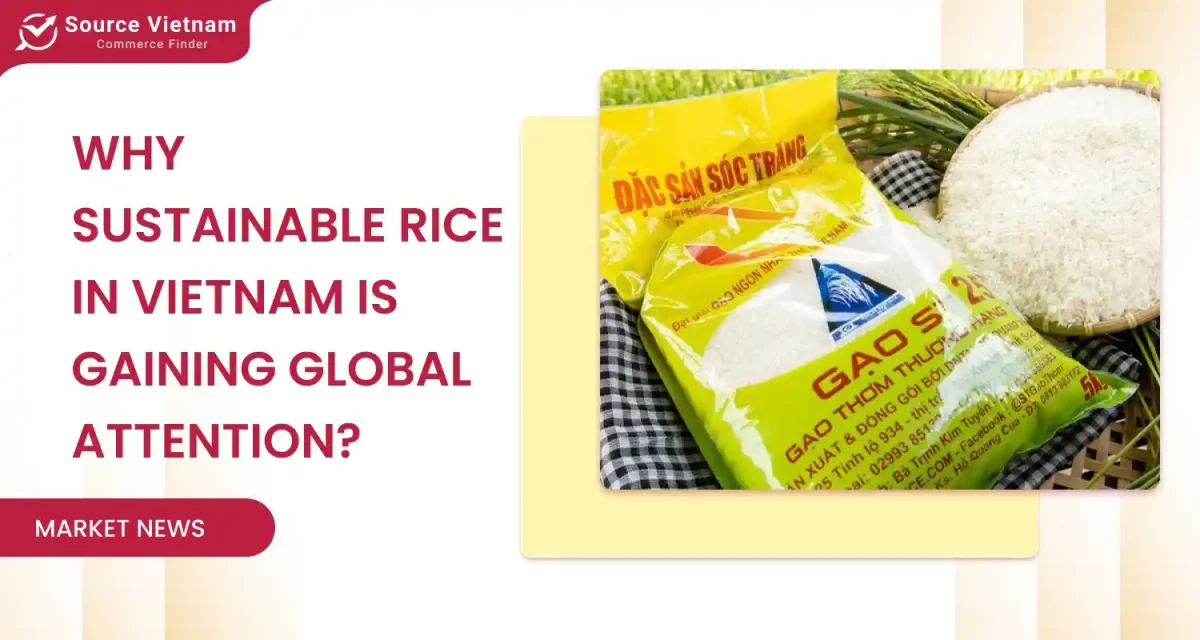Insight: Vietnam’s seafood sector is booming with 30% growth in shrimp exports and strong gains in China, Japan, and the EU. Facing tariffs and disease risks, the industry is diversifying products and markets, investing in green tech, and expanding tilapia production.
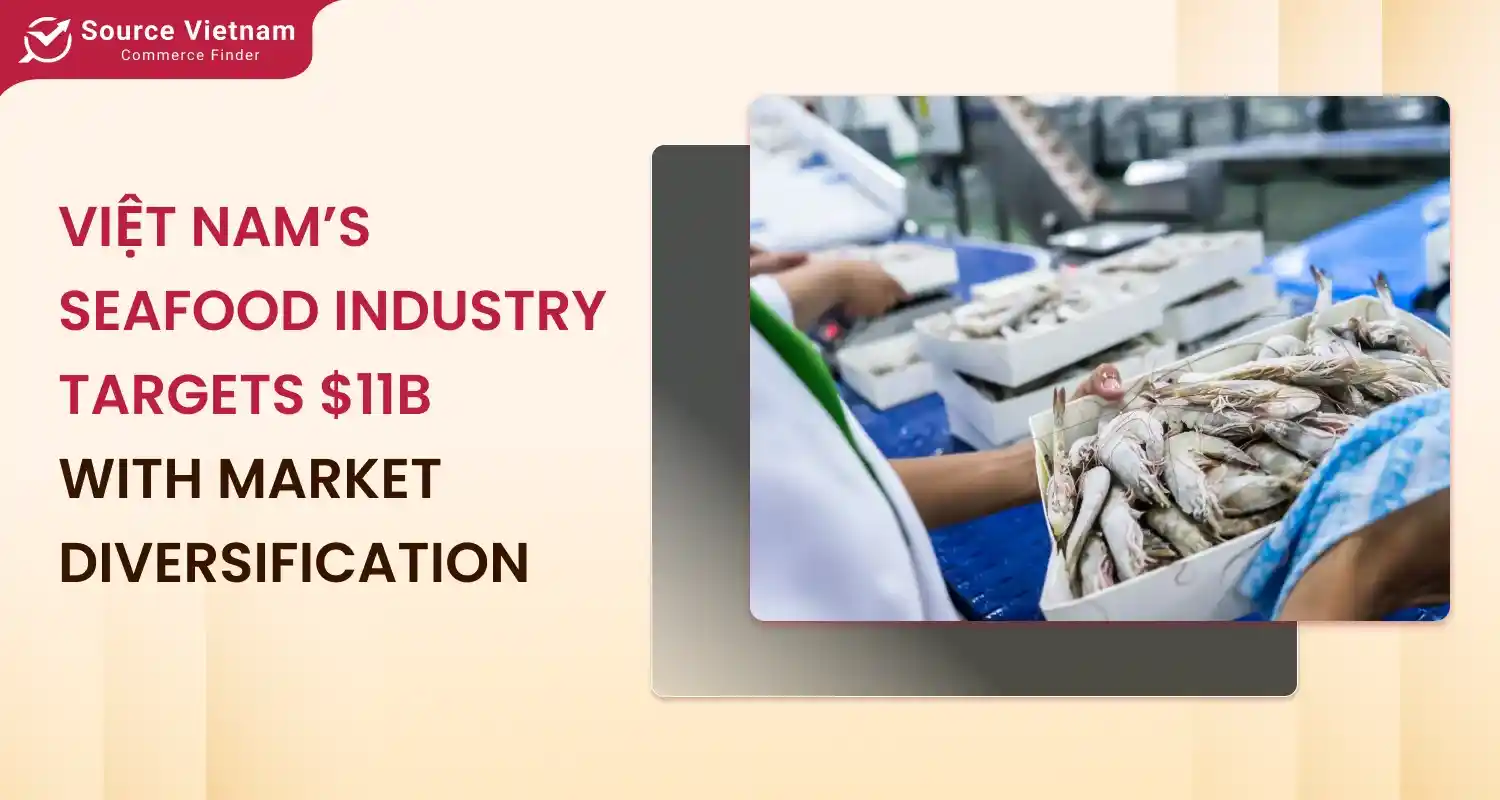
Việt Nam’s seafood industry is aiming high for 2025. It plans to grow by 4.35 percent and hit $11 billion in export turnover. Facing global challenges like tariffs, the sector is diversifying markets and products. Strong growth in shrimp, pangasius, and molluscs is driving progress. Let’s dive into how Việt Nam is boosting its seafood exports and planning for the future.
Strong start in 2025
The seafood sector is off to a great start. In the first four months of 2025, exports reached $3.3 billion. That’s a 21 percent jump from the same period in 2024. The Việt Nam Association of Seafood Exporters and Producers (VASEP) reported this growth. Shrimp, pangasius, and molluscs led the way.
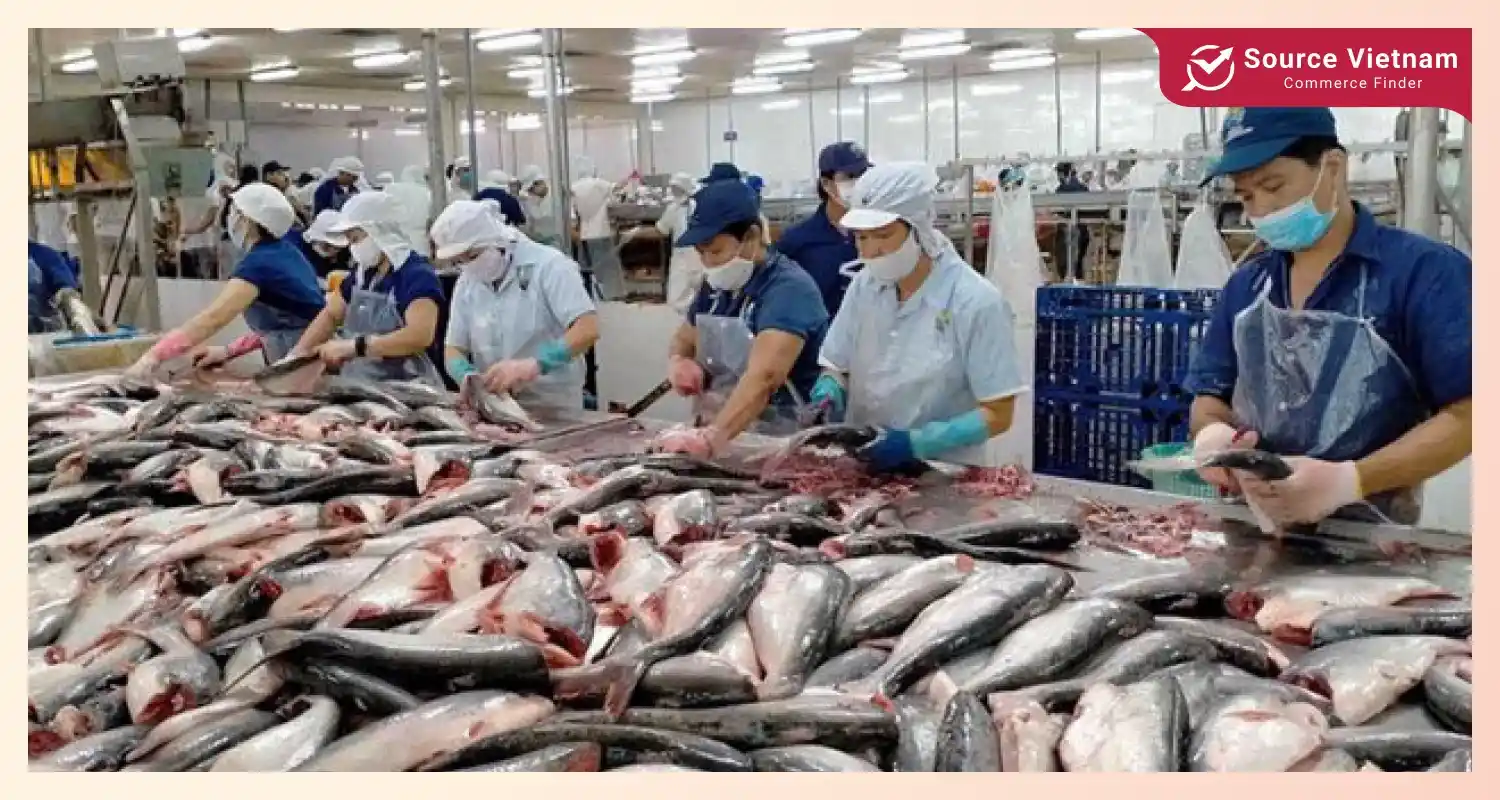
Shrimp exports soared by 30 percent to $1.27 billion. Rising global prices and demand from China, Japan, and the European Union fueled this surge. Mainland China and Hong Kong were the top markets, with $710 million in exports, up 56 percent year-on-year. Japan followed with $536 million, a 22 percent increase. The US came third with $498 million, up 7 percent. The EU and South Korea also saw double-digit growth.
Adapting to challenges
Việt Nam’s seafood companies are adapting fast. They face risks in major markets like the US. To stay strong, they’re boosting deliveries and improving operations. They’re also exploring new markets like the Middle East, Australia, and Canada.
For example, Sao Ta Food JSC is targeting South Korea and Japan. It’s also preparing to enter China. Minh Phú Seafood Corporation is building a new shrimp processing facility in Cà Mau. This will serve Japan, its biggest market, as well as Australia, New Zealand, the EU, and the US. Lê Văn Quang, Minh Phú’s general director, shared these plans.
New markets, new opportunities
New markets are opening up. Brazil recently lifted its ban on tilapia imports from Việt Nam. This creates a big opportunity for pangasius and tilapia exporters. Russia is another growing market. Tuna exports to Russia hit $45 million in 2024, five times higher than in 2020. In the first quarter of 2025, tuna exports to Russia grew by 15 percent year-on-year.
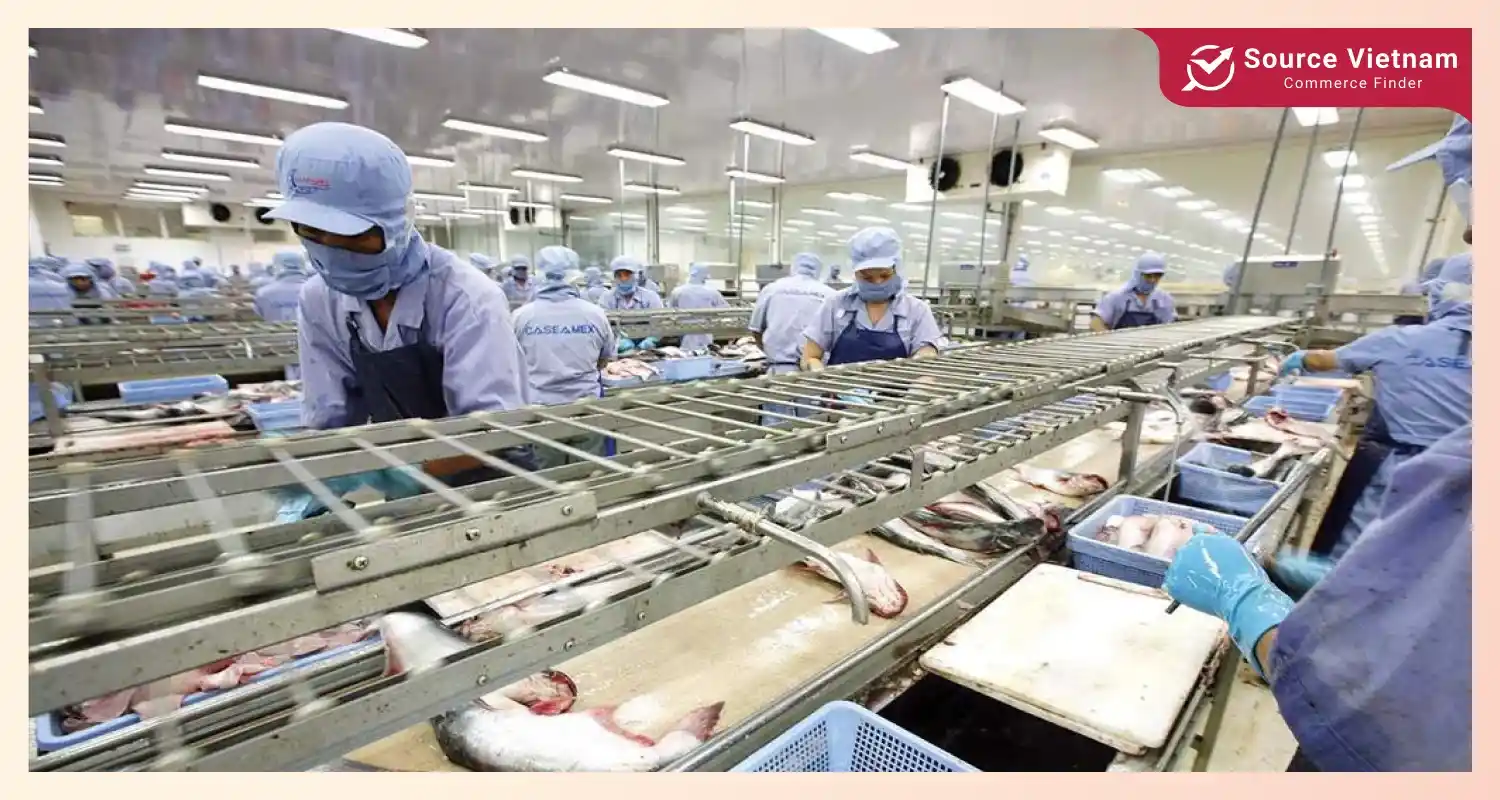
The EU remains a key market. In the first quarter of 2025, shrimp exports to the EU reached $107 million, up 33 percent from last year. Countries like Germany, France, and Belgium saw growth of 40 to 60 percent. The EU’s diverse consumers, from budget to high-end buyers, make it ideal for various seafood products.
Strategic planning for growth
To keep growing, the industry is focusing on strategy. Authorities urge farmers and companies not to overreact to short-term market changes. Mass harvesting or cutting production isn’t the answer. Instead, the focus is on long-term planning and diversification.
Shrimp and pangasius are valuable but risky. Price swings and diseases can hurt the industry. Trần Đình Luân, director of the Directorate of Fisheries, suggests diversifying into other species. Tilapia, eel, molluscs, seaweed, abalone, and sea cucumber are promising. These species have high value and suit Việt Nam’s aquaculture environments.
Future goals and strategies
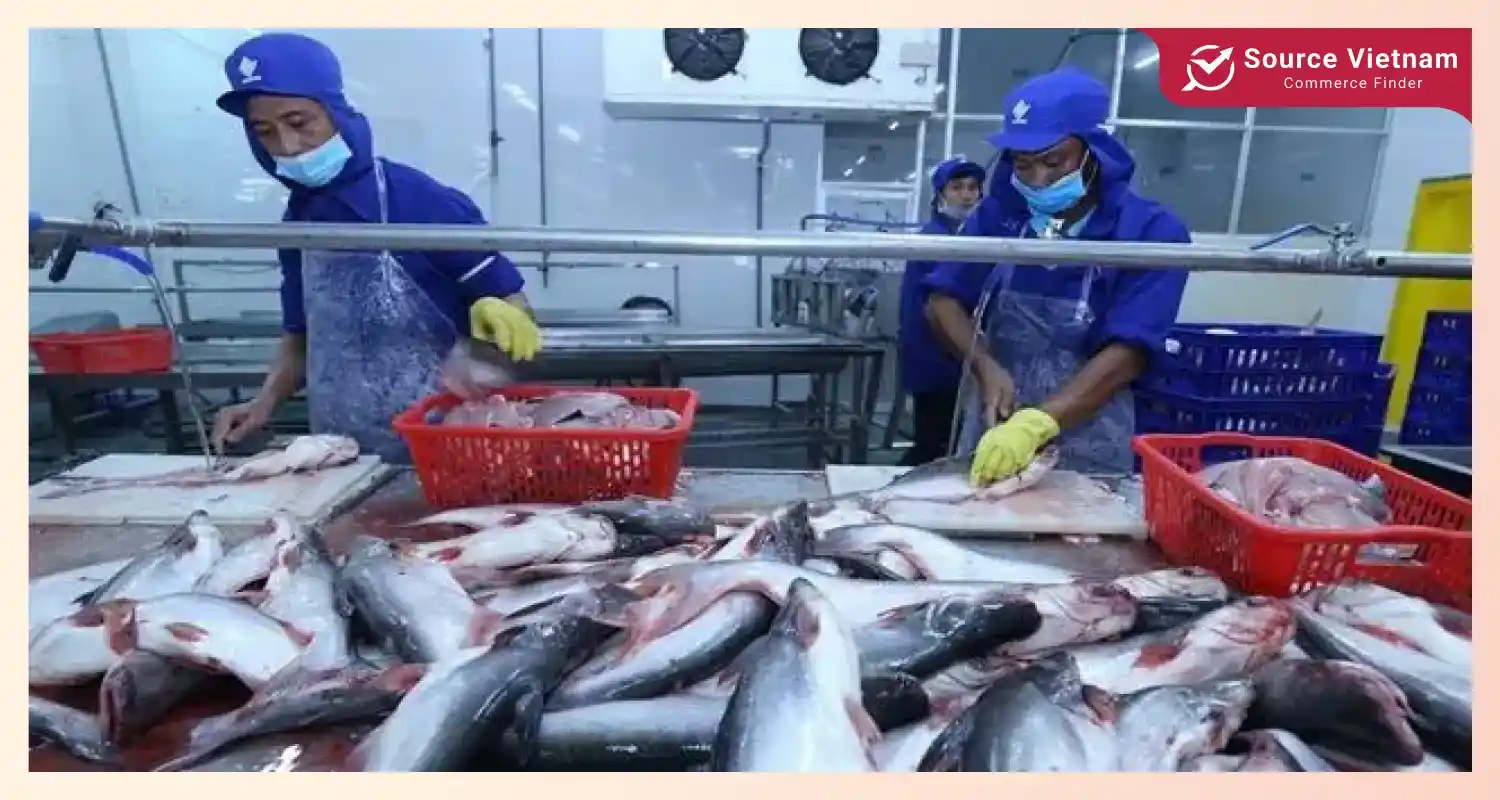
The Việt Nam Fisheries Development Strategy to 2030, with a vision to 2045, sets clear goals. Tilapia is expected to become the second-largest freshwater fish export after pangasius. By 2030, Việt Nam aims for 400,000 tonnes of tilapia annually. Expansion will include pond farming and reservoir-based aquaculture. Efforts are underway to improve survival rates, reduce feed costs, and optimize production.
The Ministry of Agriculture and Environment is supporting this shift. It’s investing in intensive and super-intensive aquaculture systems. Energy-saving and eco-friendly practices are also a priority. Artificial intelligence is being used for disease management. E-commerce platforms are boosting sales.
Regional efforts
Provinces are leading the charge. Bến Tre is developing 4,000 hectares of high-tech brackish shrimp farms. By the second quarter of 2025, it targets 144,000 tonnes of output. Cà Mau, with its 280,000-hectare shrimp farming area, is a model for sustainability. Its organic and ecological shrimp farming has earned international certifications. These practices open doors to premium markets.
Challenges and solutions
The seafood industry faces challenges. Tariff pressures in major markets like the US are a concern. Price volatility and disease risks threaten shrimp and pangasius exports. Overreliance on these species is risky. Diversifying products and markets is critical to reduce these risks.
Companies are responding proactively. They’re improving efficiency and exploring new markets. Investments in processing facilities, like Minh Phú’s in Cà Mau, boost capacity. Sustainable practices in Cà Mau and Bến Tre attract high-value buyers. These efforts strengthen the industry’s resilience.
Looking ahead
Việt Nam’s seafood sector is on track for success. The $11 billion export target for 2025 is ambitious but achievable. Diversifying markets like the Middle East, Australia, Canada, Brazil, and Russia reduces risks. Expanding product offerings, from tilapia to sea cucumber, adds stability. Investments in technology and sustainable farming will drive growth.
By 2030, the industry aims to solidify its global position. Tilapia production will scale up. High-tech and eco-friendly practices will expand. With strategic planning and innovation, Việt Nam’s seafood industry is ready to thrive in a complex global market.





